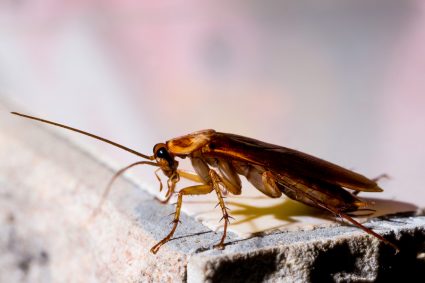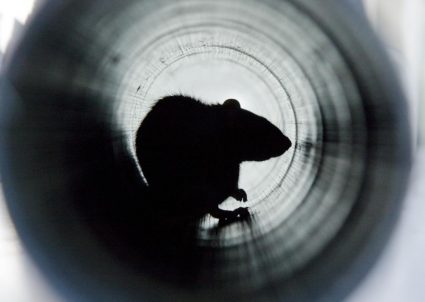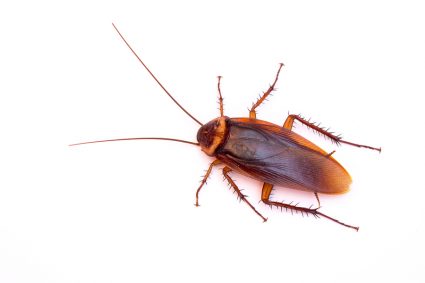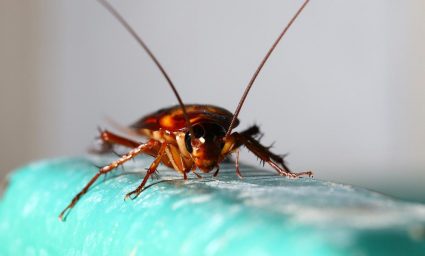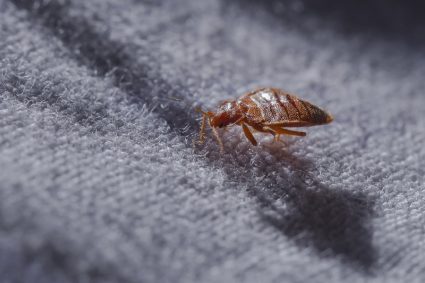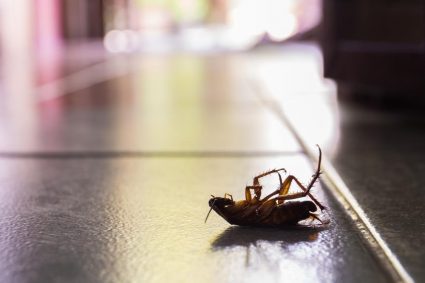
Fleas are notorious pests, known for causing discomfort and irritation in pets. However, what happens if these tiny insects find their way onto humans? This article provides an in-depth overview of the signs, symptoms, and potential health risks associated with fleas on humans, as well as preventive measures and treatment options.
When fleas get on humans, they can cause a range of symptoms including small discolored bumps, intense itchiness, and in some cases, hives or rashes. Fleas can also carry diseases that can lead to infections in humans. To remove fleas, wash the affected area with soap and water, and apply over-the-counter anti-itch creams or a cold pack. Prevention measures include treating pets, cleaning homes, and using insect repellents.
Immediate Signs and Symptoms
Fleas are small, wingless insects that feed on the blood of mammals, including humans. They can jump up to 13 inches, which allows them to transfer from pets or other animals to humans. When a flea bites a human, it triggers an immediate reaction, causing symptoms such as:
- Small, discolored bumps on the skin, often with a halo around the bite.
- Bumps appearing in a straight line or as a cluster of many bites.
- Red, swollen, and intensely itchy bite marks.
- Hives, rash, and swelling.
- Red itchy pustules with the center marking where the flea inserted its mouthpart into the skin.
Scratching these bites can lead to secondary infections, so it’s essential to treat them promptly with over-the-counter creams, cold compresses, or antihistamines.
Potential Health Risks
While flea bites can cause discomfort and irritation, the real concern lies in the potential health risks they pose. Fleas can carry diseases like plague, flea-borne typhus, cat scratch disease, and tapeworm larvae, which can cause infections in humans. In rare cases, these diseases can be serious or even fatal if not treated promptly.
Differentiating Flea Bites from Other Insect Bites
Flea bites often appear as small, firm, red bumps that are surrounded by a halo shape. They are usually found on the lower half of the body, particularly around the ankles, legs, waist, armpits, breasts, groin, and in the folds of the elbows and knees. Flea bites can be incredibly itchy, but the intensity of the itch depends on the individual.
Removing Fleas from Humans
To remove fleas from humans, start by washing the affected area with soap and water. Apply over-the-counter anti-itch creams or a cold pack to reduce swelling and itching. In severe cases, you may need to take over-the-counter antihistamines. If the bites worsen or you become ill, seek medical attention immediately.
Preventing Flea Infestations
Preventing flea infestations is a multi-step process that involves treating your pets, cleaning your home, and protecting yourself. Regularly vacuum your home, wash your pet’s bedding, and use flea treatments on your pets. Apply insect repellents on your skin and wear long-sleeve clothing and pants to minimize exposure to fleas.
Long-Term Effects of Flea Infestations
Long-term effects of flea infestations on humans can vary from mild irritation to more severe complications. Some people may develop allergic reactions to flea bites, which can cause itching, swelling, and skin infections. In rare cases, flea bites can lead to serious diseases like plague, flea-borne typhus, cat scratch disease, and tapeworm infections.
In conclusion, while fleas typically prefer to live on pets, they can transfer to humans and cause a range of health issues. By understanding the signs, symptoms, and potential health risks associated with flea bites, you can take the necessary steps to protect yourself and your pets from these tiny pests.
Frequently Asked Questions
How long does it take for flea bites to heal?
Flea bites can take anywhere from a few days to two weeks to heal, depending on the individual’s reaction and whether the bites have been scratched. Scratching can prolong the healing process and potentially lead to infection.
How can I check my pet for fleas?
To check your pet for fleas, look for signs of itching, scratching, and unusual redness on the skin. You can also use a flea comb to inspect the fur, looking for both fleas and their droppings, which appear as small, black or reddish-brown specks.
Can fleas live in human hair?
While fleas can technically jump onto humans and may end up in the hair, they prefer to live on furry animals like dogs and cats. Fleas on humans are usually a sign of a pet or home infestation.
Can I get fleas from a friend’s pet?
Yes, fleas can transfer from an infested pet to a human. If you are visiting a friend who has a pet with a flea infestation, it’s possible for fleas to jump onto you.
Are flea bites dangerous for children and babies?
Like adults, children and babies can also be bitten by fleas and may have allergic reactions. However, they are more likely to scratch the bites, which can lead to secondary infections. If your child or baby has been bitten by fleas, it’s important to monitor the bites closely and seek medical attention if symptoms worsen.


